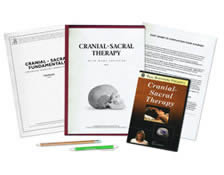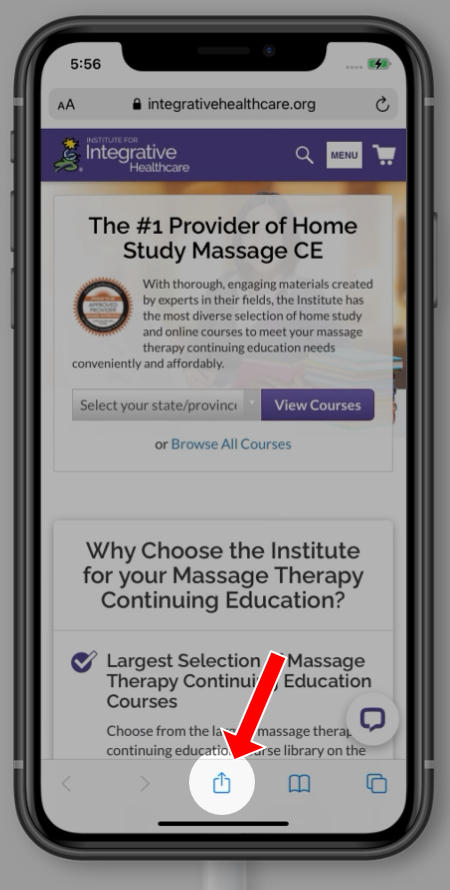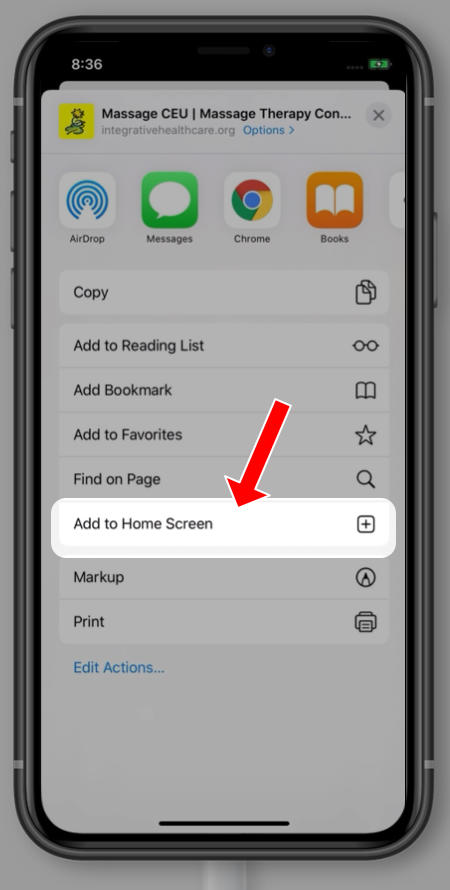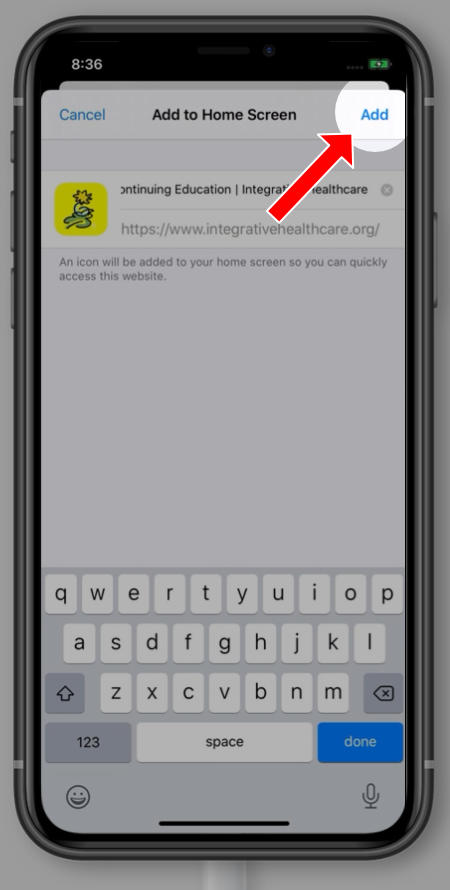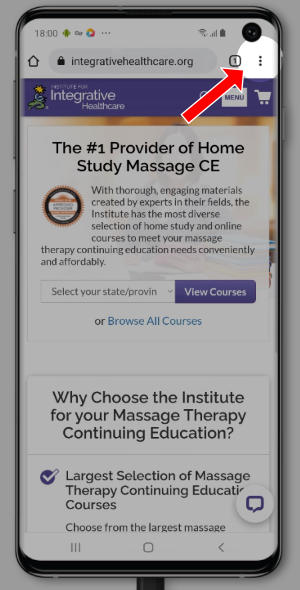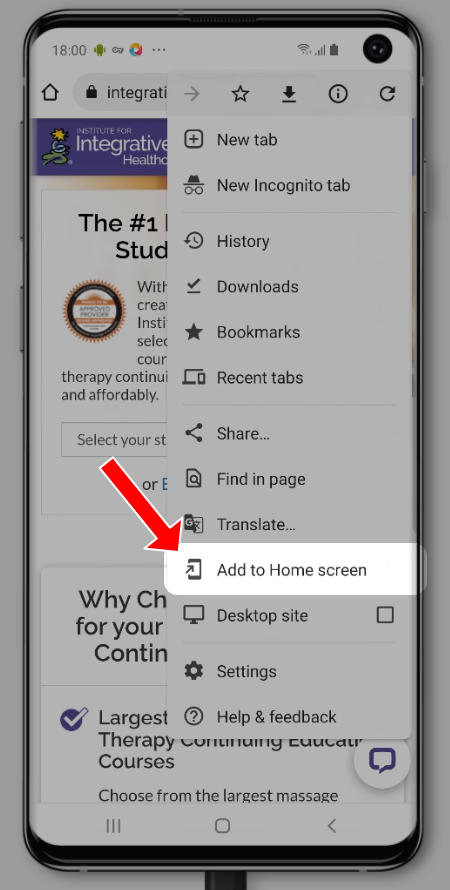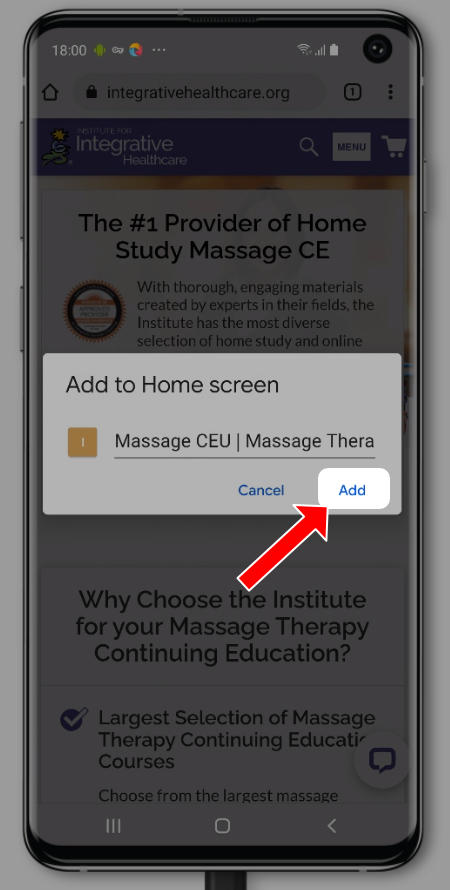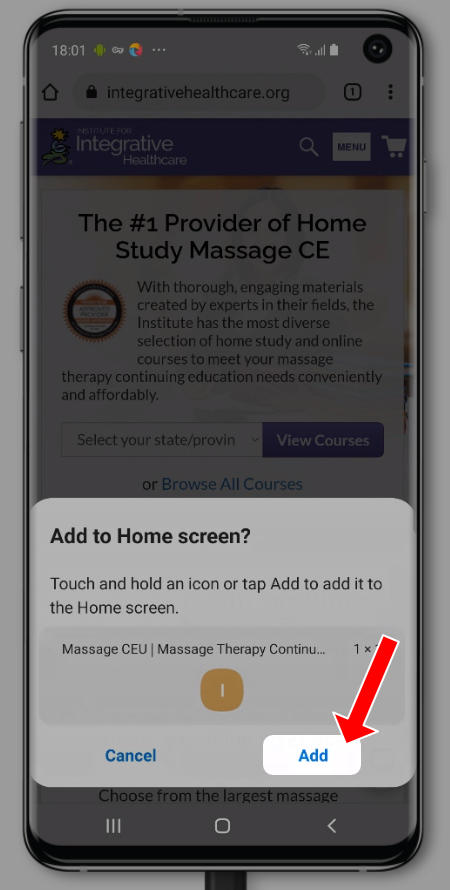

Integrating Holistic Support into Modern Healthcare
As massage therapy further integrates into allopathic medicine centers, clients are seeking further holistic support for their health and wellness. Many of our clients are experiencing complex medical conditions that require the collaboration of multiple practitioners in their treatment plans. The complexity of their signs and symptoms coupled with the anxiety associated with chronic illness leaves many clients feeling a state of dis-ease about their case. This is exacerbated by often misdiagnosed conditions.
The Challenge of Autoimmune Misdiagnosis
Emotional Impact of Repeated Misdiagnoses
Finding relief from autoimmune disease is a leading example in this regard. The Cleveland Clinic identifies over 100 different autoimmune diseases. (1) Due to a lack of understanding or miscommunication between doctor and patient, oftentimes patients with certain autoimmune diseases are wrongly diagnosed as having psychiatric or psychosomatic conditions. The emotional roller coaster felt by patients when they have been misdiagnosed a second, third, fourth time can be extremely frustrating. A study published by the University of Cambridge reported that patients with chronic illness that are misdiagnosed experience higher levels of anxiety and depression. (2)
Massage Therapy as Support for Autoimmune Conditions
A massage therapist can do much to ease the distress and dis-ease of clients. Incorporating calming means such as breathwork, meditation and visualization within the massage session may greatly help a client enter a parasympathetic state. Some therapists also include tools such as crystals, stones, sound and vibrational devices to facilitate parasympathetic mode. The body is at ease within this mode thus facilitating healing.
A massage therapist may also augment treatments a client receives in traditional allopathic facilities with a myriad of massage- and bodywork-related modalities. Reflexology, Cranial-Sacral Therapy, Shiatsu and/or employing Eastern and Indigenous modes of healing may be wonderful complementary therapies.
The Value of Compassionate Listening in Client Care
A Slow, Attentive Alternative to Fast-Paced Clinics
 In contrast to the fast-paced nature of modern healthcare—where patients can easily feel like cattle being herded from one spot, one test, one unit, one nurse to the next without pausing to ask about client condition sincerely—massage therapists have a unique opportunity to offer clients sincere, compassionate attention. Many patients are used to the commonplace, “how are you….here we go…. next….” brief, impersonal exchange. This makes the usual visit to allopathic facilities feel trite and banal. When they encounter a massage therapist who genuinely listens and cares, trust and loyalty naturally develop.
In contrast to the fast-paced nature of modern healthcare—where patients can easily feel like cattle being herded from one spot, one test, one unit, one nurse to the next without pausing to ask about client condition sincerely—massage therapists have a unique opportunity to offer clients sincere, compassionate attention. Many patients are used to the commonplace, “how are you….here we go…. next….” brief, impersonal exchange. This makes the usual visit to allopathic facilities feel trite and banal. When they encounter a massage therapist who genuinely listens and cares, trust and loyalty naturally develop.
Building Trust and Loyalty Through Empathy
Clients are also seeking therapists willing to listen to them from a sincere space of compassion and empathy. Too often, clients express a lack of compassion, empathy and genuine care from general health care providers. Massage therapists may often be members of the health care team with the best listening skills.
Active Listening: A Core Skill for Massage Therapists
What Active Listening Looks Like in Practice
Active listening is a learned practice and entails several essential components. When one actively listens, it involves more than just hearing words—it requires attending to tone, emotion, body language, and unspoken cues. Both the content of the message and the underlying attitude/sentiment about the content can be ascertained. Therapists can reflect back what clients express, validate their feelings, and ask open-ended questions to better understand their needs. These practices not only strengthen the therapeutic relationship but also improve treatment outcomes. A massage therapist can practice these skills to become more confident and adept at these listening practices. (3)
Why Clinical Knowledge and Education Matter
Ultimately, clients seek results. These results can be defined during a client’s intake process. Examples of desired results include greater range of motion, improved functional movement, decreased pain, and increased endurance of muscle.
Clients trust that we have knowledge of the human body that will be applicable to their individual condition. It is imperative a massage therapist maintains a healthy working knowledge of anatomy, physiology, kinesiology, and pathology to support their ability to serve clients from the proper therapeutic space. Therein lies the beauty of continuing education requirements for our profession.
Six Steps to Effective Massage Treatment Planning
To help ensure clients see, feel and understand results achieved, communication is key. When I teach this concept in continuing education classes, I present six steps to effective treatment plans. (4)
- Comprehensive intake – A thorough intake of health history sets the foundation for establishing goals.
- Assessment testing – Conducting assessment testing establishes a baseline measure from which to improve upon.
- Collaborative goal-setting – The practitioner and client discuss attainable, measurable goals, either functional or objective, within a time frame (within a number of sessions or weeks/months).
- Documentation – Keeping track of progress via SOAP or Progress notes with each session completed.
- Adaptation – Modifying treatments by changing timing of sessions, modalities used, tools utilized and/or varying approaches as needed to ensure client remains on track with achieving desired goals.
- Evolution – Creating new goals once current goals are achieved.
These elements of treatment planning can act as a framework to ensure clients achieve the goals and outcomes they desire.
Looking Ahead: A Post-Pandemic Reminder
This article was a follow-up from an article published in 2021 during the height of the COVID-19 pandemic. At that time, many clients were unsure they could receive massage therapy safely whereas many therapists were unclear how to navigate the pandemic safely. Four years later, the vast majority of individuals have resumed massage therapy practice with updated health protocols and safety measures. This article serves as a reminder that as we now operate from a “business as usual” stance, the hallmark traits of trust, security, safety and proper communication remain true in our field.


